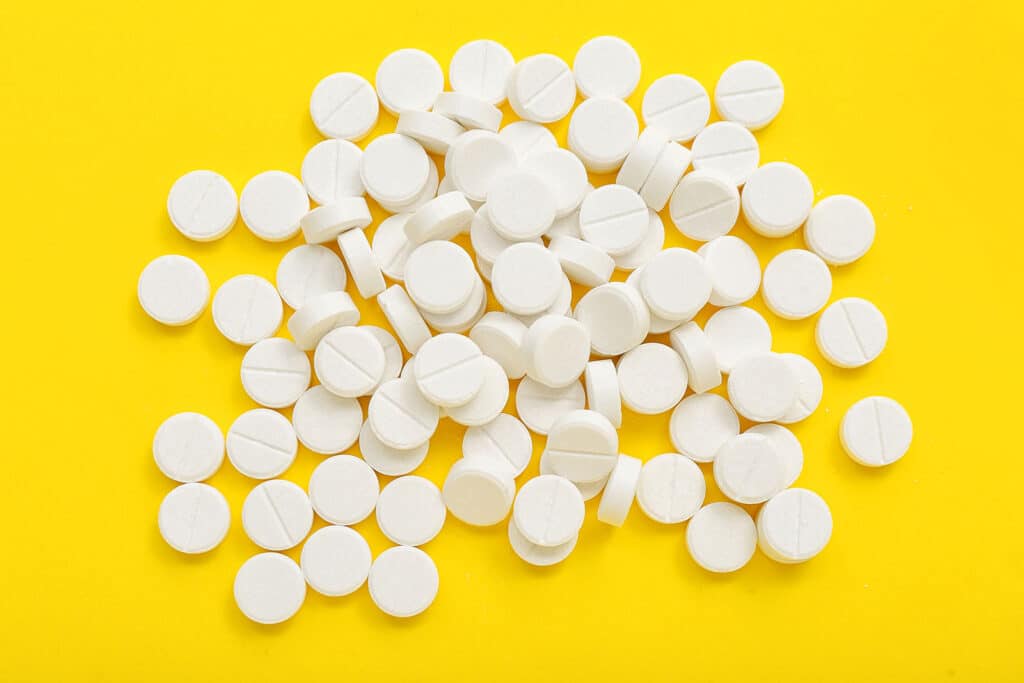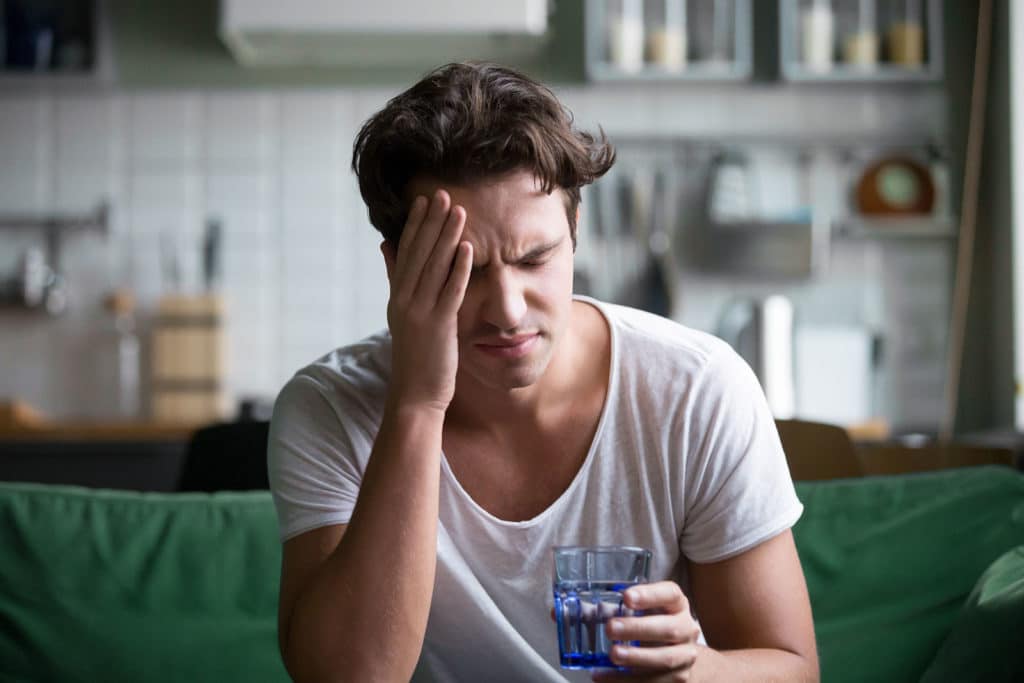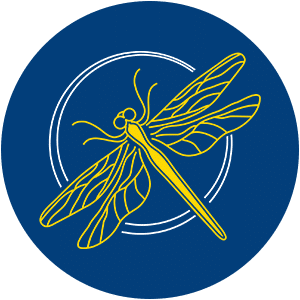If you are trying to become sober, medication-assisted treatment (MAT) may be able to help. Naltrexone, an opioid antagonist, can reduce your cravings and help you stop using drugs and alcohol. Whether you’re dealing with opiate or opioid addiction, with the help of the right treatment center, you can take the first step in recovering from a substance use disorder.
Table of Contents
- What Is Low-Dose Naltrexone (LDN)?
- How Does Low-Dose Naltrexone (LDN) Work?
- Why Should You Take Low-Dose Naltrexone at Night?
- Potential Side Effects and How To Manage Them
- How Illinois Recovery Center Utilizes LDN in Addiction Treatment
- How MAT Can Support Your Recovery
- Learn About LDN in Long-Term Recovery
What Is Low-Dose Naltrexone (LDN)?
Naltrexone is a medication that was approved by the Food and Drug Administration (FDA) for treating alcohol use disorder (AUD) and opioid use disorder (OUD). It can be prescribed by anyone who is licensed to prescribe medications. There is a pill form and an injectable form of the drug.
Typically, the pill form is used with AUD on a daily basis. For people with OUD, the injection is administered about once a month.

Naltrexone isn’t an opioid and won’t cause withdrawal symptoms. It functions by blocking the sedative and euphoric effects of opioid drugs. When you take it, the drug binds with opioid receptors in the mind so that the receptors can’t be triggered by heroin, morphine, and similar drugs. Because of this effect, naltrexone can effectively suppress opioid cravings.
While naltrexone is an incredibly effective medication, it isn’t intended to be the only treatment technique. In general, it is prescribed alongside behavioral health treatments and counseling. It is not designed for anyone who is under the age of 18.
How Does Low-Dose Naltrexone (LDN) Work?
With LDN, people take a dose that is just 10% of the normal dosage. When taken at a low dose, naltrexone has the opposite effect that high-dose naltrexone (HDN) does. Scientists call this a paradoxical effect.
At low doses, naltrexone can trick the brain into creating extra opioids. After you take it, the LDN binds with your opioid receptors. This blocks your natural opioids from binding with the receptors. As a result, the body makes more opioids in order to wash away the LDN. This causes the level of opioids in your body to increase, which can help manage conditions like chronic pain, fibromyalgia, and complex regional pain syndrome.
Because LDN has a half-life of just four to six hours, the binding effect wears off quickly. This allows your levels of natural opioids to remain higher for up to a day. Thanks to these endogenous opioids, your body receives potent anti-inflammatory effects and pain relief. LDN regulates microglial cells, so they can’t activate and create free radicals, nitric oxide, and cytokines. This helps to reduce inflammation, fatigue, and pain, which is beneficial for those suffering from medical conditions like multiple sclerosis, Crohn’s disease, chronic fatigue syndrome, and rheumatoid arthritis.
When someone tries to stop drinking or using drugs, they may develop harmful side effects and cravings because their body is dependent on alcohol or drugs. Doctors often prescribe LDN because it allows people to experience fewer withdrawal effects when they quit. Additionally, it helps to boost their body’s natural endorphins so that they feel better.
Why Should You Take Low-Dose Naltrexone at Night?
If you are prescribed LDN, the best time to take your medication is at night because of how the human body works. Our bodies naturally produce more endorphins in the evening, so this is an ideal time for LDN.
Additionally, it’s better to take LDN at night because of its effect on your mental state. Because it binds with your opioid receptors for up to six hours, it can cause you to feel a bit down or flat during the initial period after ingestion. By taking LDN at night, you sleep through this initial effect.
During the time LDN blocks your receptors, your body produces extra endorphins. Once you reach LDN’s half-life after four to six hours, you can start to enjoy the LDN-induced boost to your natural endorphins.
By taking LDN, you can reduce your cravings and withdrawal symptoms. It can enhance your endorphin levels and make it easier for you to remain sober.

Potential Side Effects and How To Manage Them
When taking LDN, you may experience a few common side effects. Some people experience nausea when they take LDN, so it is a good idea to eat something when you take this drug.
Fortunately, most side effects are fairly mild. You can talk to your doctor if you experience any of the following symptoms.
- Nausea
- Weight loss
- Headaches
- Insomnia and sleep disturbances
- Unusual dreams or nightmares
One way to avoid these effects is by starting out with the lowest dose possible. Then, you can gradually increase your dosage as your body learns how to handle the medication better.
How Illinois Recovery Center Utilizes LDN in Addiction Treatment
Each year, thousands of people in Illinois struggle with the stigma and pain of substance use disorders. Unfortunately, some of these people will eventually die from their AUD or OUD.
With the use of low-dose naltrexone (LDN), we can help clients safely withdraw from their substance use disorder. LDN’s mechanism of action involves regulating microglia, which are immune cells in the nervous system. By modulating the immune system and reducing inflammation, LDN helps alleviate withdrawal symptoms. In addition to prescribing LDN, we offer support through a few other important programs.
Individual, Group, and Family Therapy
Addiction is a disease that impacts the entirety of your life. That’s why we recommend holistic treatment programs. During your detox and rehabilitation process, we use group, individual, and family therapy to address the underlying issues fueling your addiction. This approach improves overall well-being and quality of life, while also supporting endorphin production as part of the recovery process. Family members receive education and support, helping them play an active role in your recovery.
Inpatient and Outpatient Treatment Programs
At Illinois Recovery Center, we offer partial hospitalization, intensive outpatient, inpatient, and aftercare programs for rehabilitation. The difference lies in the intensity of each program. Inpatient programs provide around-the-clock supervision, ideal for severe addictions and individuals who require an added level of support.
Outpatient programs allow you to sleep at home and return to rehab during the day. This is a great option for managing outside responsibilities. Partial hospitalization offers a balance of flexibility and supervision for those who need both.

How MAT Can Support Your Recovery
Withdrawal symptoms and cravings often make recovery challenging, which is why medication-assisted treatment (MAT), including the use of LDN, is crucial. MAT helps alleviate symptoms and reduces the chances of relapse. At Illinois Recovery Center, we monitor your withdrawal process and prescribe LDN to make detox more comfortable. Studies, such as those from the LDN Research Trust, show the effects of LDN in managing addiction and improving overall pain management.
Learn About LDN in Long-Term Recovery
If you’re interested in taking the next step toward sobriety, we can help. Illinois Recovery Center offers FDA-approved medications and off-label treatments like LDN, tailored to your needs. With our healthcare providers’ support and the use of clinical trials data, we ensure the best treatment options for a safe and effective recovery.
By utilizing LDN from a compounding pharmacy, we can provide lower doses or adjust to higher doses, depending on your needs, and ensure that your recovery is managed in the safest way possible.



